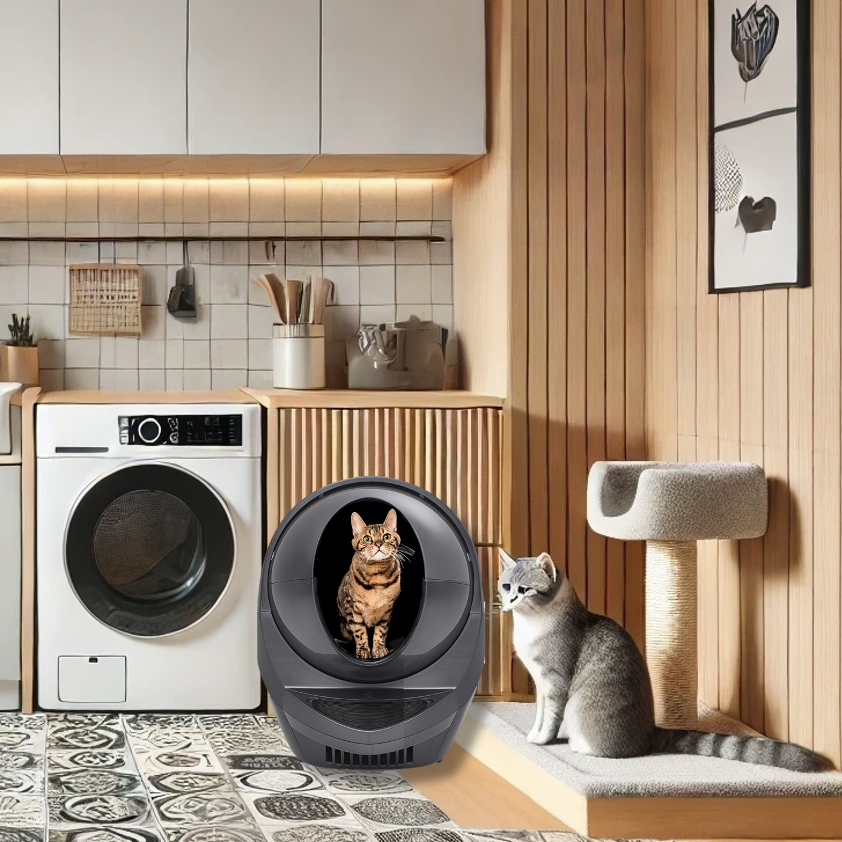
Cat Potty Supply Shop
Litter Boxes | Litter | Self-Cleaning Litter Boxes | Litter and Cleaners
True Love Comes When It Is Time To Clean The Potty Up.
Cat Potty Supplies: Everything you need to give your kitty their privacy for the go, automatic options, and cleaning supplies.
Our Cat Potty Shop where you will find the latest technology, products and tips for managing your kitty’s potty needs. Litter boxes are an essential component of indoor cat care, providing a designated space for cats to fulfill their natural instincts for elimination in a clean and controlled manner. These come in various designs, from simple, open trays to sophisticated, self-cleaning units, catering to the diverse preferences of both feline users and their human companions. Alongside the litter box itself, the choice of litter—ranging from clumping clay to biodegradable options—plays a crucial role in managing odor and cleanliness, contributing to a harmonious living environment. Accompanied by a range of accessories such as scoops, liners, and mats, litter boxes not only facilitate a vital aspect of feline hygiene but also reflect the evolving understanding of pet care, aiming to balance the natural behaviors of cats with the convenience and aesthetics desired by pet owners.
CHOOSE WHERE YOU WANT TO GO NEXT
(hover to learn more about each shop)
Litter Boxes and Supplies
Finding the right litter box for your cats or litter box trained pets can be a bit of a challenge and then matching the right litter is next level. Let us help you find just what you and your kitty needs to take care of business with the least mess, smell and clean up options. We are all about making the go carefree and our shops are curated to help you shop by department as you secure just what you are looking for. If you are not seeing quite the right thing, tell us more in the FETCH bar.
NOT SURE WHERE TO GO NEXT?













